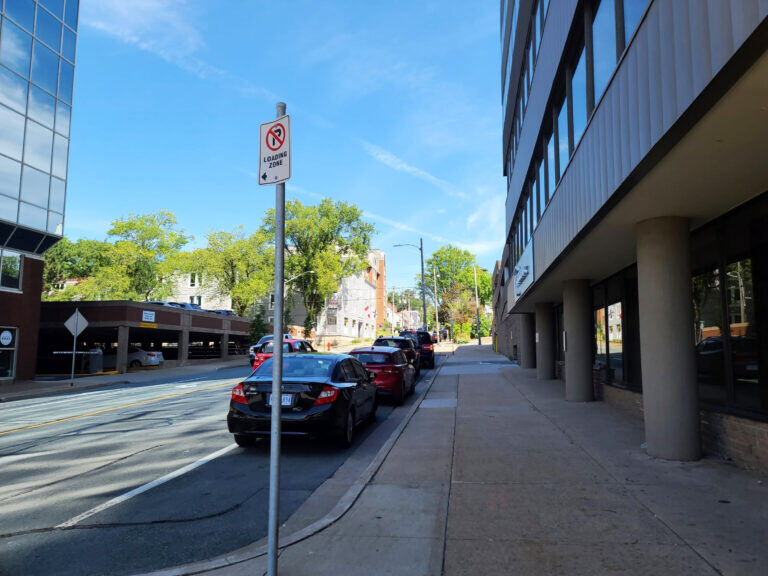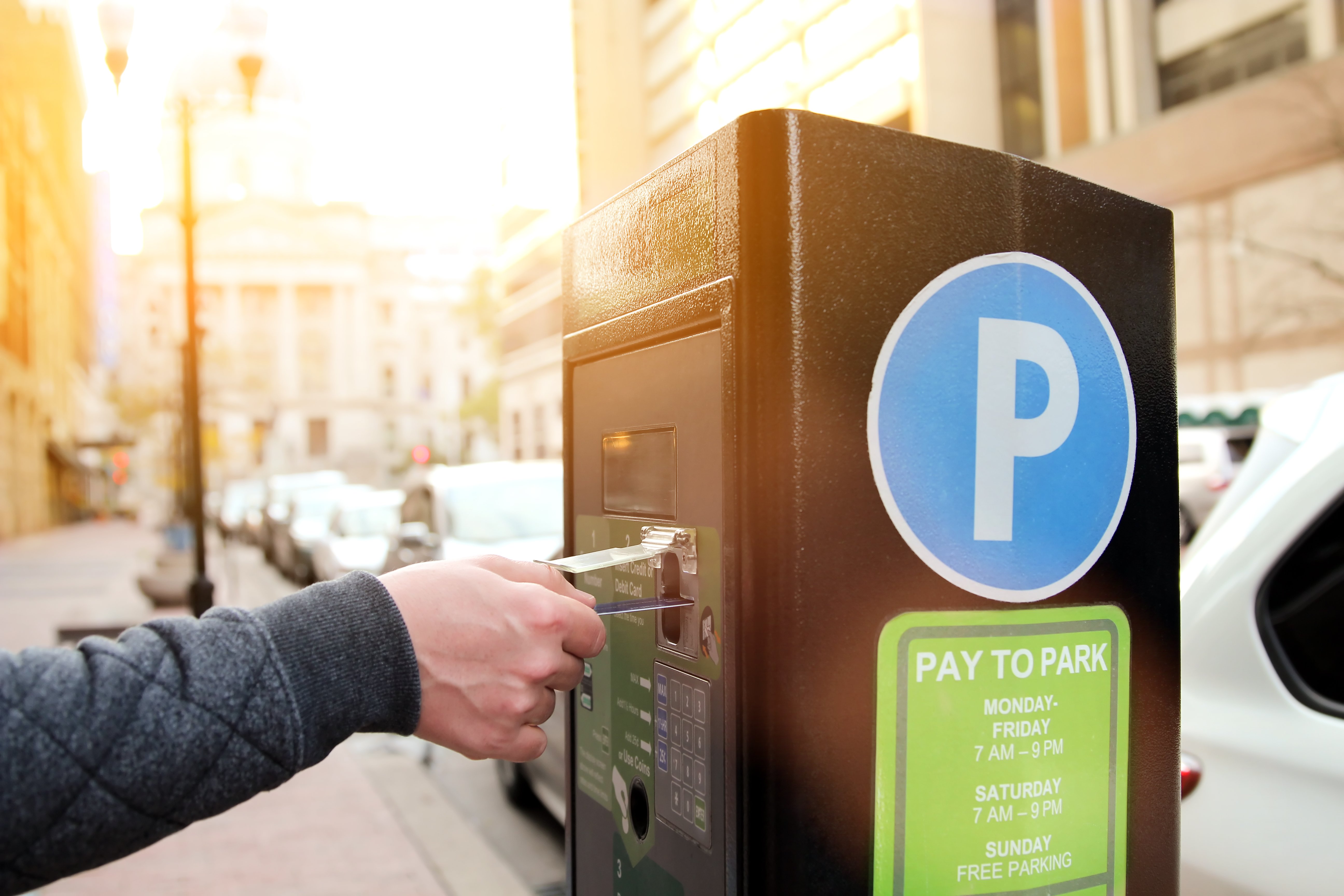In the evolving world of urban mobility, curbside management has become a focus for US cities aiming to optimize parking, improve accessibility, and deliver equitable public spaces. Yet, many US cities still struggle with fragmented curb data due to scattered data across departments, systems, and vendors.
The Challenges of Fragmented Curbside Data
Without unified curbside data integration, finance teams track revenue, operations manage meters and enforcement, and planners focus on utilization. This often happens in isolation, and this siloed approach results in operational inefficiencies, lost revenue opportunities, and policy decisions that are often based on partial or outdated information.
When data is fragmented, cities struggle to see how departments intersect, making it difficult to leverage tools like rate adjustments or targeted enforcement to influence utilization and turnover. Instead of coordinated strategy, cities end up with a patchwork of assumptions and disconnected outcomes. The lack of a single source of truth in curbside management, can leave decision-makers in the dark, relying on guesswork rather than actionable, data-driven insights.
Why Unified Curbside Data Matters for Cities
Modern cities are dynamic as curbside management is crucial for parking, deliveries, transit, and more. Yet, as cities grow more complex, so does the challenge of managing curbside activity in a way that is efficient, fair, and responsive. The answer lies in breaking down data silos and creating a single source of truth. A unified curbside data platform that empowers every department to collaborate and make informed decisions.
Here’s why adopting a single source of truth matters:
- Efficiency: Unified curbside management means less manual data reconciliation and faster, more accurate responses to issues. Teams work from a single dashboard, streamlining operations and reducing administrative burden.
- Financial Transparency: A single source of truth gives cities full visibility from meter payment to ticket collection. This clarity helps track revenue, spot leaks, and improve financial planning.
- Policy Feedback: Integrated data lets cities quickly see how changes in rates or enforcement affect compliance and turnover. Leaders can test, learn, and refine policies based on real outcomes.
- Behavioral Insight: Connecting payment, enforcement, and occupancy data reveals why parking patterns and violations occur. Cities can target interventions and communications more effectively.
- Public Trust: Consistent, transparent reporting builds credibility with residents and stakeholders. Reliable data fosters accountability and supports community buy-in for curbside policies.
- Equity & Accessibility: Unified data highlights disparities in enforcement and access across neighborhoods. Cities can identify and address inequities, ensuring fair and accessible curbside management for all.
How to Create a Single Source of Truth
Building a single source of truth for curbside management is an achievable, step-by-step process. Here’s how cities can get started and make meaningful progress:
- Start with What You Have
Begin by gathering existing curbside data such as parking regulations, meter and pay-by-cell transactions, enforcement activity, and collection data. Focus on making this operational data accurate and interoperable.
- Break Down Silos and Connect Systems
Work across departments to integrate data sources. This means linking finance, operations, and planning data so that every team is working from the same, up-to-date information. Prioritize systems that can “talk” to each other, even if it means starting small.
- Focus on Data Quality and Governance
Establish clear standards for data accuracy, consistency, and privacy. Assign ownership for maintaining and updating curbside data and set up regular audits to ensure reliability.
- Enable Visualization and Analytics
Invest in dashboards and analytics tools that turn raw data into actionable intelligence. Visualization helps teams spot trends, identify issues, and communicate results to stakeholders and the public.
- Foster a Culture of Collaboration
Encourage ongoing collaboration between departments. Regularly review data together, share insights, and align on goals, whether it’s improving turnover, increasing accessibility, or supporting equity initiatives.
Real-World Proof: How Unified Curbside Data Transforms Cities
The value of a single source of truth in curbside management isn’t theoretical, it’s playing out in cities like Indianapolis, where data-driven enforcement is reshaping outcomes on the ground.
In Indianapolis, ParkIndy replaced assumption-based patrols with predictive analytics. By integrating citation history, meter payments, crash data, and community complaints, the city built a dynamic scheduling model that aligned enforcement with actual curbside conditions. The results were striking: a 46% increase in citations (Jan–Aug 2025 vs. 2024), 96% of which came without adding staff. Revenue rose 45.5%, while, pedestrian crashes dropped 17% and fatalities fell 54%. Enforcement became smarter, safer, and more equitable.
For cities still operating in silos, this example offers a roadmap: break down barriers, connect systems, and let data guide the way.
How Trellint Can Help
Achieving a single source of truth requires more than good intentions; it demands the right technology and a partner who understands the complexity of urban mobility.
Trellint’s Merge platform is designed to be that single source of truth. Merge brings together disparate data streams and delivering actionable outcomes for both city leaders and the public. This means cities can move beyond fragmented spreadsheets and siloed systems, gaining a holistic view that supports smarter policy, operational efficiency, and equitable access.
If you’re ready to move beyond fragmented systems and unify curbside date, get in touch with us today.





